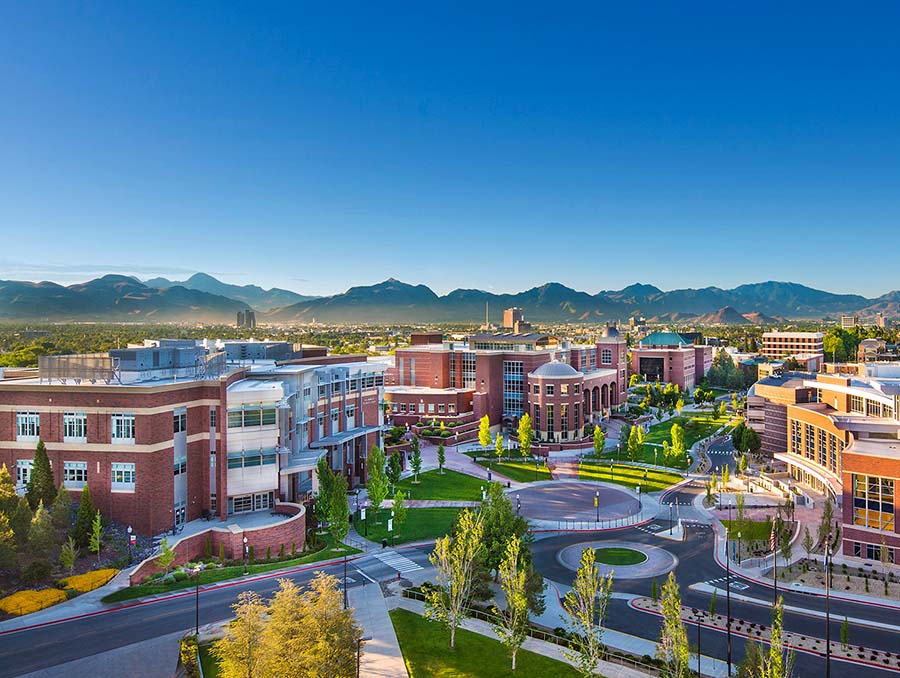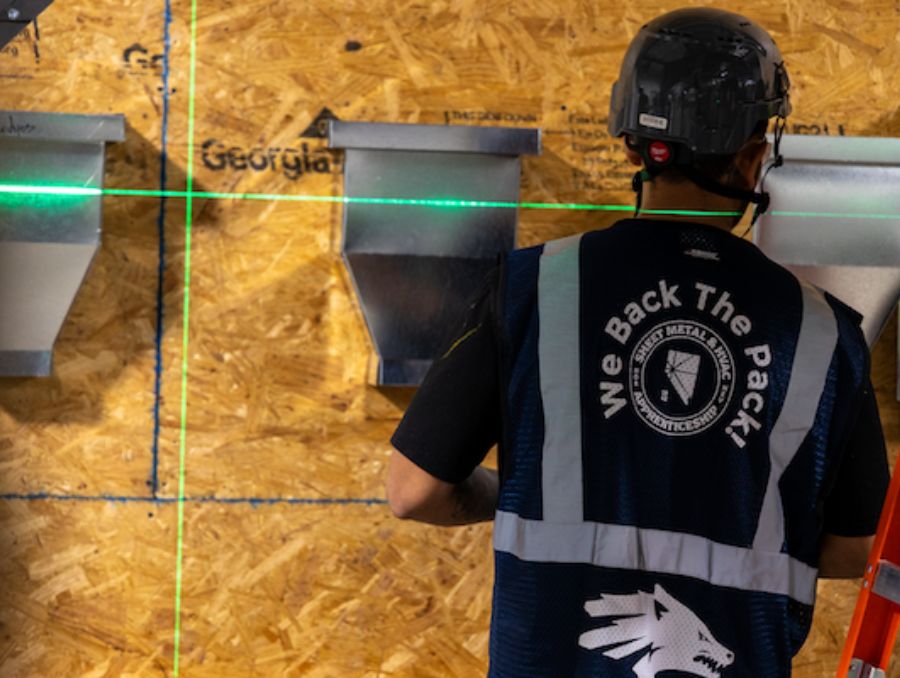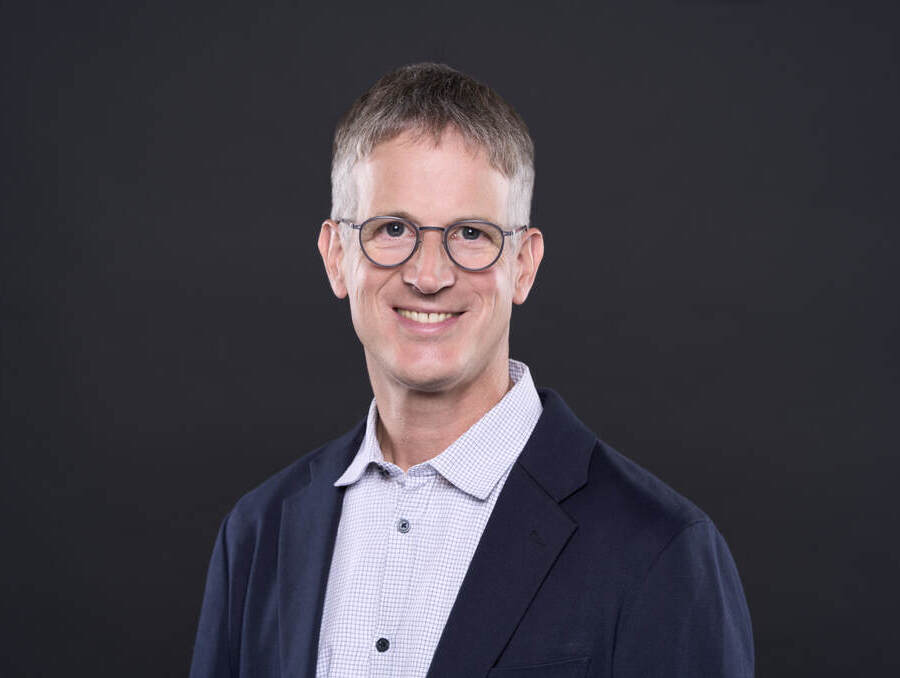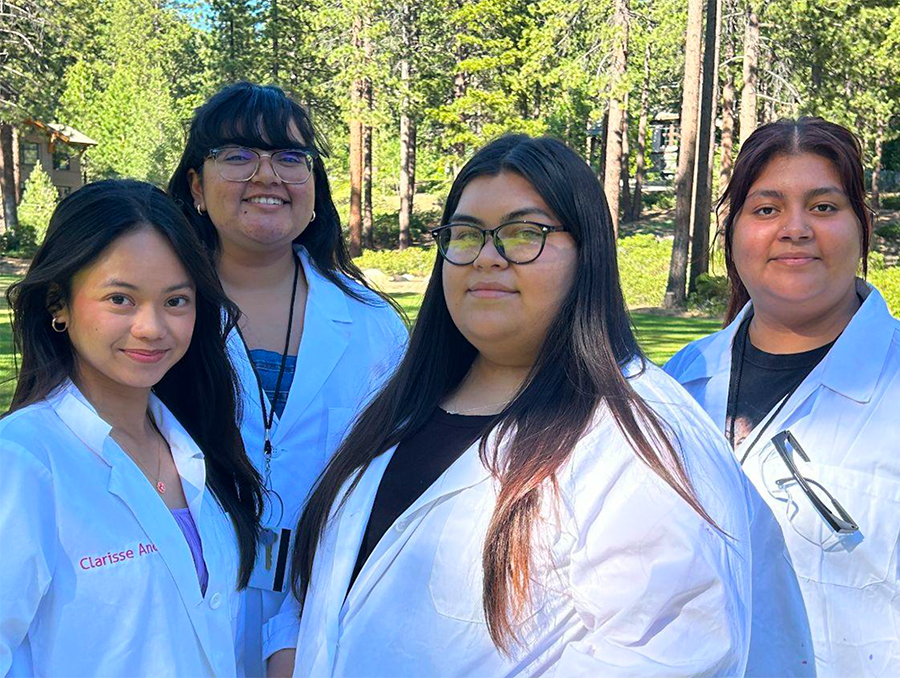The Kenny Guinn Center for Policy Priorities – Guinn Center – a statewide, nonpartisan research and policy center, recently released the “Youth Outcomes in Nevada” report, which summarizes key demographic indicators and data related to employment, health, substance abuse and educational attainment for youth in Nevada. Nevada youth, ages 0 to 24, make up 32% of the state’s population.
“This report will serve as a helpful resource for community members and organizations that are working with youth and/or serve youth,” Nancy Brune, senior fellow at the Guinn Center and the report’s author, said. “It reveals that while we’re making progress, Nevada’s decision makers and community groups should continue to explore evidence-based programs and interventions that can support youth and help improve outcomes.”
According to the report, nearly 25% of Nevada’s rural youth ages 14 to 18 live in poverty, compared to approximately 15% of urban youth ages 14 to 18. In addition, only 53% of children ages 0 to 17 had both a medical and dental preventive care visit in the past 12 months, according to the Kaiser Family Foundation. Nevada ranked 51st in the country in children accessing medical and dental preventive care. In 2019, more than 16% percent of rural Nevadans and 18% of urban Nevadans ages 19 to 24 lacked health insurance.
Youth ages 18 to 25 in Nevada also reported experiencing serious mental illness in the past year at rates higher than respondents ages 26 or older (roughly 8% compared to 4%). Only 7% of Nevada youth ages 0 to 17 received any mental health care or counseling during the past 12 months, according to the Kaiser Family Foundation. Nevada ranked 50th in the country and well below many of its peer states in the Intermountain West.
In addition, the unemployment rate for youth tended to be higher than the rate for older adults. In 2019, before the pandemic, approximately 10% percent of Nevada’s workforce ages 20 to 24 was unemployed. This was higher than the unemployment rate for any older age group and higher than the statewide average 2019 unemployment rate of 4%. In 2020 during the pandemic, the youth unemployment rate increased to nearly 23%.
The “Youth Outcomes in Nevada” report was funded by the Robert Wood Johnson Foundation “Community Voices for Health” project, which seeks to improve health outcomes among community members. Interested individuals can view the full report on the Guinn Center website.
The Guinn Center is a 501(c)(3) nonprofit, nonpartisan, independent policy center that seeks to advance evidence-based policy solutions for Nevada through research, public engagement and partnerships. It maintains offices on the campus of the College of Southern Nevada in Las Vegas and its principal office on the campus of the University of Nevada Reno.
















